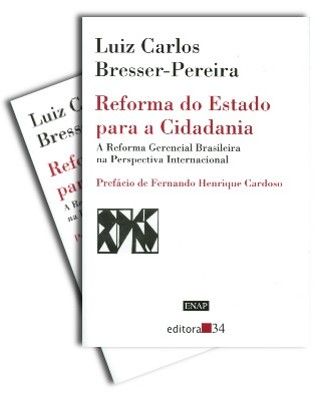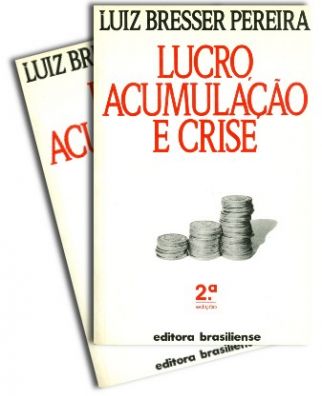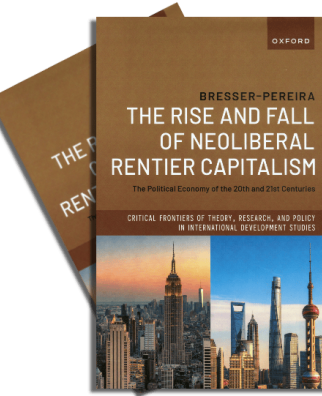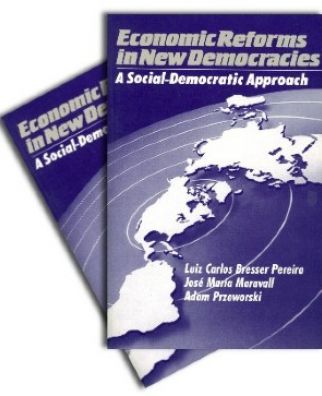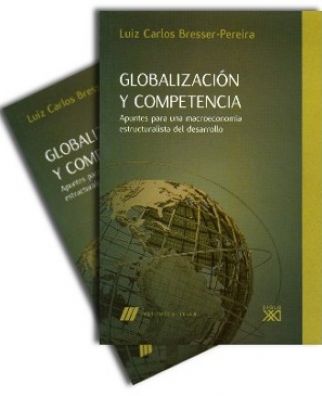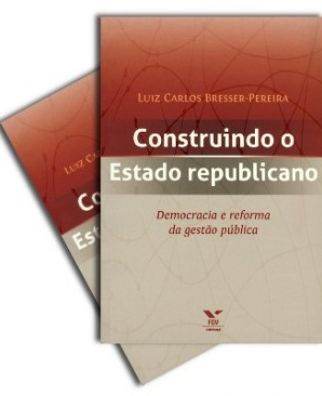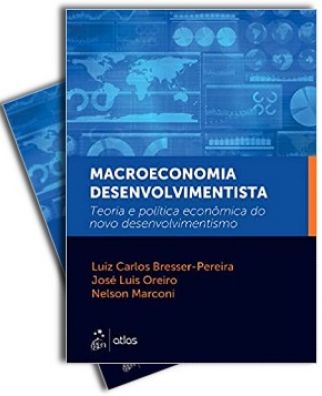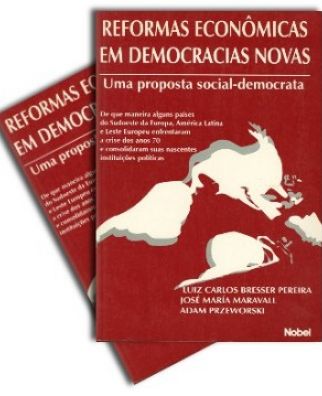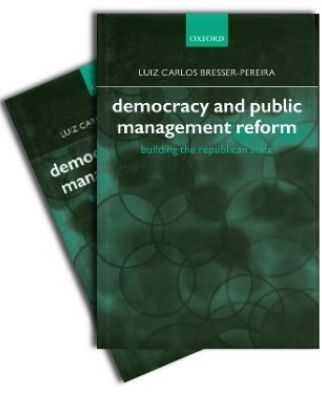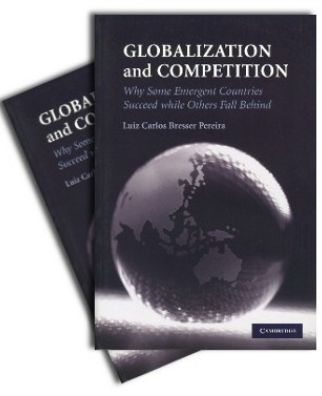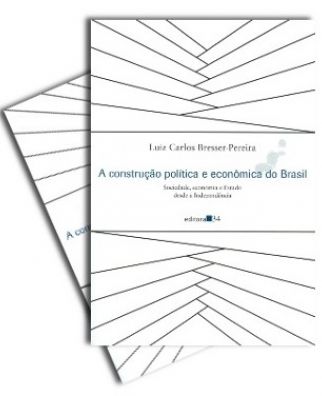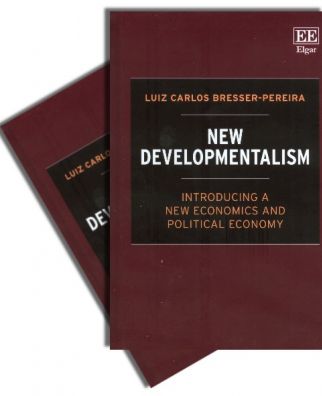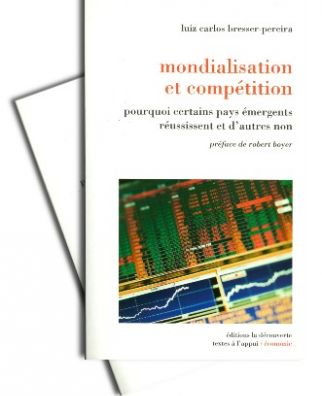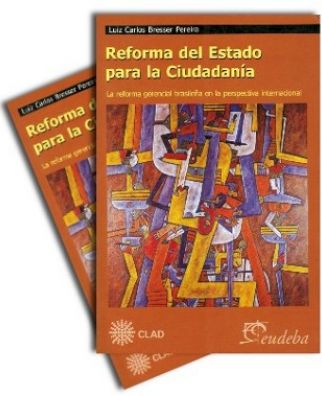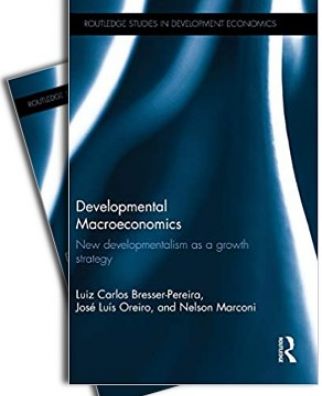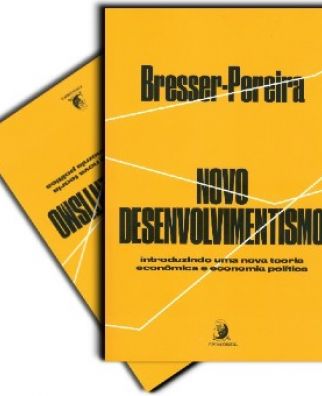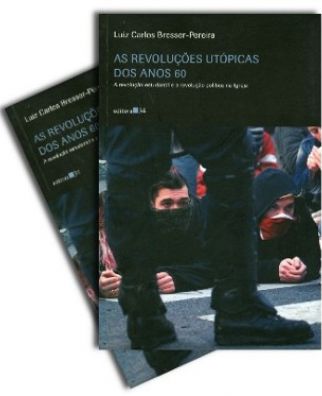1975. The basic characteristics of growth model that prevailed during the military regime: the technobureaucratic-capitalist model of industrialized underdevelopment. In macroeconomic terms, on the supply side, it was based on the production of luxury goods; on the demand side, on the concentration of income from the middle-class upwards. Portuguese version available.
BRAZILIAN POLITICS AND SOCIETY
INTERPRETATIONS OF BRAZIL
1974. The "new development model" begins in Brazil in the late 1960s, and later I called "modelo de subdesenvolvimento industrializado". Contrarily to what Celso Furtado predicted, income concetration benefiting the middle classes was behind the resumption of growth as it made aggregate demand consistent with the production of luxury consumption goods by multinationals. Portuguese and English versions available. This paper elaborates on the 1970 article, "Dividir ou multiplicar: A distribuição da renda e a recuperação da economia brasileira".(Paper: Revista Dados)
(Paper: Desarrollo Economico)
1973. The "new development model" begins in Brazil in the late 1960s, and later I called "modelo de subdesenvolvimento industrializado". Contrarily to what Celso Furtado predicted, income concetration benefiting the middle classes was behind the resumption of growth as it made aggregate demand consistent with the production of luxury consumption goods by multinationals. Spanish and English versions available. This paper elaborates on the 1970 article, "Dividir ou multiplicar: A distribuição da renda e a recuperação da economia brasileira". (Paper: Revista Dados)
1970. My first analysis of the "new development model" that begins in Brazil in the late 1960s. Contrarily to what Furtado predicted, income concetration benefiting the middle classes was behind the resumption of growth as it made aggregate demand consistent with the production of luxury consumption goods by multinationals. "O novo modelo de desenvolvimento" (1973) elaborates on this paper. (Paper: Visão)
1968. ISEB's political model based on the aliance of the national bourgeoisie with the workers and the bureaucrats was correct. Yet, historical new facts led to the collapse of the populist and national-developmentalist pact and to the political crisis of 1961-64. (Chapter 4 of Development and Crisis in Brazil).
1966. Given the existence of a large middle classe, democracy's restoration is inevitable. In this process, Brazilian industrial entrepreneurs must associate themselves with the new business managers that are emerging and develop a national development strategy that should be democratic and socially progressive. (Paper: Revista de Administração de Empresas)
1964. My 1962 research demonstrated that the Paulista industrialists that led the Brazilian industrialization were, mostly, descendants of middle class immigrants, not from coffee planters. ( Published Portuguese version available. (Paper: this English version only published here)
1964. My 1962 research demonstrated that the Paulista industrialists that led the Brazilian industrialization were, mostly, descendants of middle class immigrants, not from coffee planters. English version available only in this site. (Paper: Revista de Administração de Empresas)
1963. Since 1930 Brazilian entrepreneurs associated themselves with workers and public bureaucrats to promote Brazilian industrialization. Yet, in the 1950s historical new facts conduced to the collapse of this developmental political pact, and the breaking up of a major political crisis. (Paper: Revista de Administração de Empresas)
1962. A new salaried middle class is emerging in Brazil as a consequence of the Industrial Revolution that began in 1930. The Portuguese version appeared as Chapter 3 of Desenvolvimento e Crise no Brasil (1968). (Paper: Journal of Inter-American Studies).


